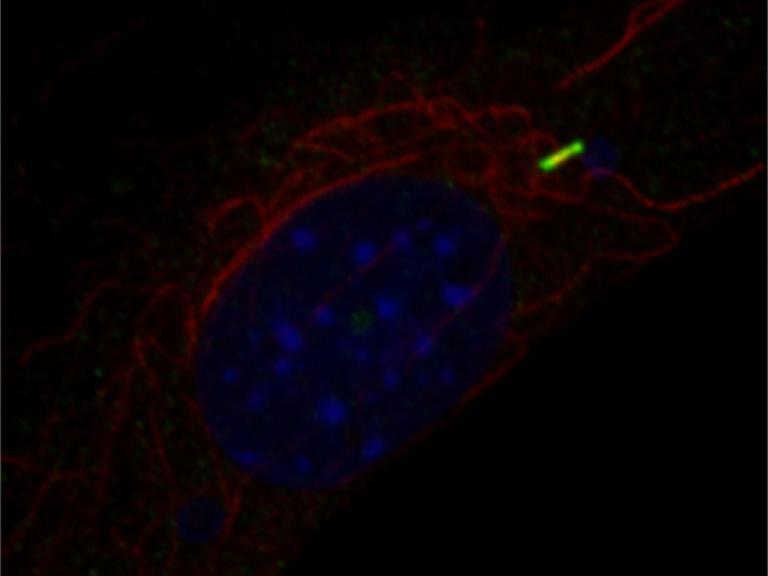
In the life and medical sciences, researchers are always searching for new ways to treat the countless diseases that can afflict humans. Every year, new methods are developed that bring us a deeper understanding of the processes that control diseases in the body. Scientists at the University of Iceland's Biomedical Centre are currently working on an exciting research project using genetic modifications in zebrafish to gain a better understanding of osteoarthritis, a disease that affects a large number of people.
According to the Icelandic Arthritis Association (Gigtarfélag Íslands) website, everyone who survives into old age will actually develop this kind of arthritis. The symptoms of the disease affect 15% of the nation and are more common in women. Osteoarthritis often affects the vertebrae, knees, hands, and hips and occurs when the cartilage in the joints wears down over time. This causes inflammation and fluid accumulation in the joints, which is painful. Genetics, metabolism and strain on the joints can all influence the progression of osteoarthritis. This research looks primarily at the first of these factors: genetics.
A rare mutation is believed to increase the risk of osteoarthritis in the hips
Leading the research is Sara Sigurbjörnsdóttir, Assistant Professor at the Faculty of Life and Environmental Sciences. She is focusing on a specific mechanism called the Hedgehog signalling pathway, which has an important role in the development and specialisation of cartilage cells. "This project is about investigating the role of the Hedgehog pathway in the development of osteoarthritis in humans," explains Sara.
Previous research has uncovered a link between the Hedgehog pathway and the development of osteoarthritis in mice and there are indications that this is also true for humans. "In 2018, scientists at deCODE genetics were searching for genetic variations in humans that increase the risk of osteoarthritis. They discovered an association between a rare mutation in the Hedgehog signalling pathway and increased risk of osteoarthritis in the hips. This was the first time that a mutation in this signalling pathway was linked to osteoarthritis. Following that discovery, we began, in collaboration with deCODE genetics, to look more closely at how this mutation could possibly lead to osteoarthritis," explains Sara.
Sara's research interests lie in the fields of cell physiology and molecular biology, with a particular emphasis on the transfer and location of proteins within cells. "The interesting thing about the Hedgehog pathway, and the thing that first piqued my interest in this project, is that it relies on a hair-like structure on the surface of the cell called the primary cilia. Primary cilia play a vital role in the way cells interact with their environment and in Hedgehog signalling, since it takes place in the ciliary membrane," explains Sara.
Location of the Hedgehog signalling pathway in a human cell. The nucleus is blue, acetylated microtubules red and the Hedgehog pathway protein SMO is green.
New technology used to edit genetic information
Sara argues that it is important to evaluate how the aforementioned mutation affects the function of the Hedgehog signalling pathway. In order to do this, Sara and her colleagues are using a new method called 'prime editing' to edit certain genetic information in zebrafish and chrondoblasts, the cells that control the formation of cartilage. "The genetically modified cells and the zebrafish will be used to research how the mutation affects the Hedgehog signalling pathway and the development of osteoarthritis," says Sara.
The research will primarily be conducted at the University of Iceland Biomedical Centre, which boasts a team of experts in this field and state-of-the-art equipment, including the facilities needed to conduct zebrafish research and image analysis. The team will also use the specialised zebrafish research facilities of the company 3Z, which is based at Reykjavík University. "In order to evaluate whether the zebrafish have developed osteoarthritis symptoms, we will look at their jaw movements when they open their jaws," says Sara. Zebrafish are a species that works extremely well for this kind of research into the roles and functions of genes.

